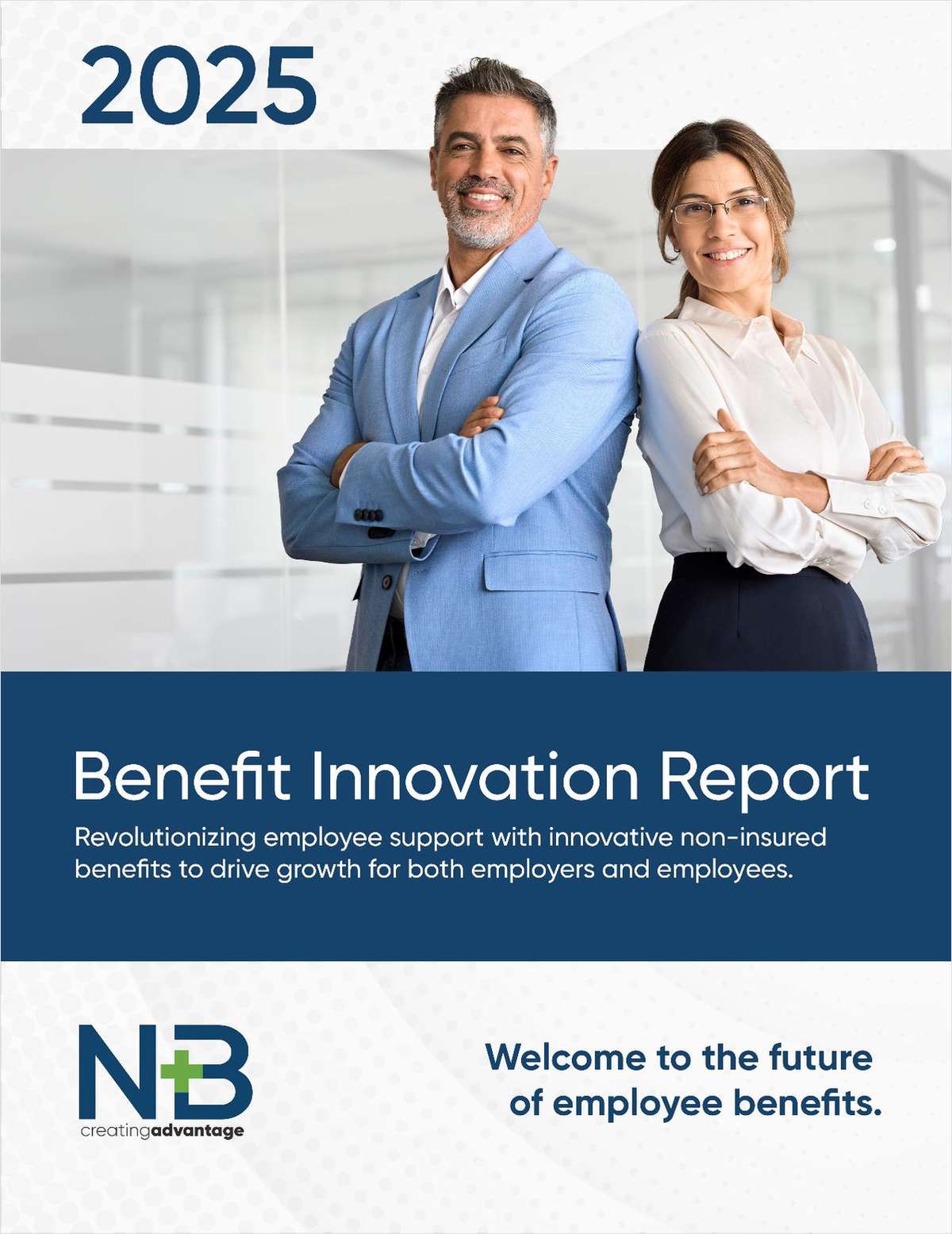 Legally, there's not much workers can do to challenge an employer's right to analyze their communications, as long as they are made via company property.(Image: Shutterstock)
Legally, there's not much workers can do to challenge an employer's right to analyze their communications, as long as they are made via company property.(Image: Shutterstock)
Bosses are finding new ways to figure out what employees are up to and whether what they're up to is good for the company.
The Wall Street Journal recently examined a number of ways corporations are scrutinizing their employees' interactions, using technology to analyze behavior that until recently would have been considered impossible to interpret.
They're deploying machines to make sense of the tone of a worker's voice in a meeting, the number of email communications workers are having with each other and clients and how much time employees are spending in meetings.
Traditional employer surveillance tends to focus on binary questions: Is the employee at work? Is the employee working? Is the employee following the rules?
In contrast, the new employee surveillance strategies are seeking answers to much deeper questions regarding effective leadership, workplace morale and employee productivity.
In some cases, the technology is deployed openly and as a part of training. Life Time, the health club chain, has new managers do problem-solving exercises with coworkers that are analyzed by a voice recognition program, Ambit Analytics, that the employees download on their phones. The program uses tone and other key identifiers, such as interruptions, to provide insights on who is dominating a conversation and whether there are likely communication problems in the group.
Other times, employees aren't aware their behavior is being analyzed. Employees of McKesson Corp weren't told that their company had hired a firm to analyze 130 million of their email communications in order to gain insights into turnover rates.
Managers at Microsoft have been using the company's own software to analyze the frequency of communications between employees and clients, although the company insists managers cannot see information related to an individual employee; only groups of five or more. The company has sold its software to other large employers, such as Macy's and Freddie Mac.
Macy's claims it used the software to see how often workers were sending emails when they were supposedly off-the-clock. The company said it did so out of concern for work-life balance. Freddie Mac used the software to figure out whether workers were spending too much time in meetings.
Legally, there's not much workers can do to challenge an employer's right to analyze their communications, as long as they are made via company property, such as employer-issued phones, computers and email accounts. Of course, just because a company is allowed to do it doesn't mean it's necessarily a good idea. There may only be so much snooping workers will put up with.
Complete your profile to continue reading and get FREE access to BenefitsPRO, part of your ALM digital membership.
Your access to unlimited BenefitsPRO content isn’t changing.
Once you are an ALM digital member, you’ll receive:
- Breaking benefits news and analysis, on-site and via our newsletters and custom alerts
- Educational webcasts, white papers, and ebooks from industry thought leaders
- Critical converage of the property casualty insurance and financial advisory markets on our other ALM sites, PropertyCasualty360 and ThinkAdvisor
Already have an account? Sign In Now
© 2024 ALM Global, LLC, All Rights Reserved. Request academic re-use from www.copyright.com. All other uses, submit a request to [email protected]. For more information visit Asset & Logo Licensing.








